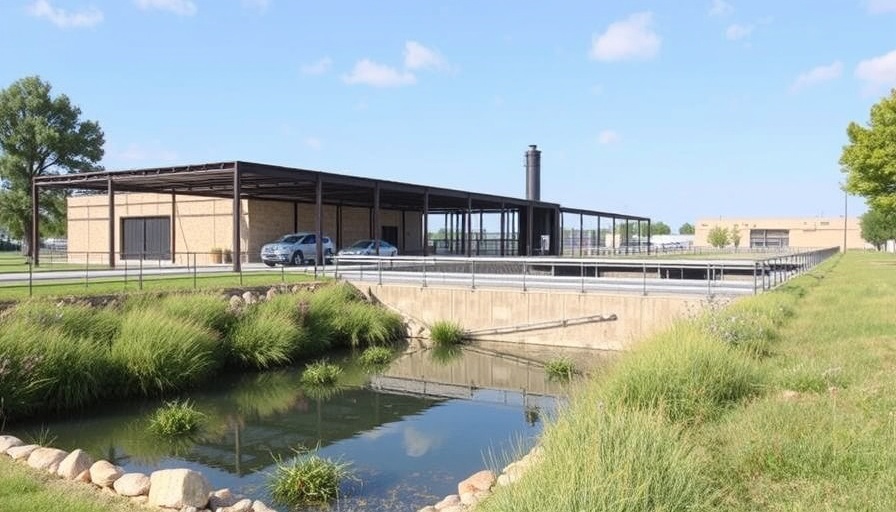
Revamping Cedar Park: A Bold Move Towards Sustainable Water Management
Cedar Park has made a significant stride in its commitment to improving water management by advancing a $394,962 contract aimed at expanding and rehabilitating its water reclamation facility. By working with Garver Engineering, city officials are set to demolish and reconstruct vital parts of the facility, originally built in 1982. This first phase reflects the ongoing emphasis on sustainable and modern infrastructure in the rapidly growing region.
Understanding the Need for Modernization
The city’s decision stems from an engineering analysis indicating that maintaining the facility is becoming increasingly impractical and costly due to its age. The analysis has led the city to conclude that a complete rebuild of the laboratory—expanding its footprint to 1,800 square feet from its current 1,000—will yield long-term benefits. The new design promises to not only enhance the functionality of the laboratory but also incorporate necessary site and electrical upgrades necessary for its efficient operation.
The Bigger Picture: Importance of Water Reclamation
Cedar Park's wastewater treatment facility plays a crucial role in local water reclamation efforts, purifying wastewater into reuse water. This not only conserves precious water resources but also supports the community's expansion and environmental sustainability efforts. With Texas often facing challenges related to drought and water management, the city's proactive measures lend themselves to a broader narrative surrounding responsible resource management.
Funding the Future: Community Investment
The funding for this project is sourced from the city’s 2025 utility capital improvements budget, emphasizing a willingness to invest in community needs. Such projects underscore Cedar Park’s long-term vision for growth—ensuring that infrastructure can accommodate population increases without compromising the environment or community health.
Future Predictions: What Lies Ahead for Cedar Park
As Cedar Park anticipates a growing population, other cities in the Austin area can look to this initiative as a model for their own water management needs. Future projects could consider a similar approach to rehabilitation and expansion of essential services to align with sustainability goals. Moreover, Cedar Park's decision could inspire regional cooperation on a larger scale regarding water sustainability and best practices.
Emphasizing Community Support and Involvement
The success of such initiatives also depends on community involvement and understanding of these projects. Public awareness campaigns could be instrumental in educating residents about the importance of water reclamation and the benefits of modernized processing facilities, ultimately promoting a culture of sustainability.
Take Action Now: Engaging with Your Local Government
As community stakeholders, residents in Cedar Park and surrounding areas can engage with their local government to express their thoughts on projects like the water reclamation facility upgrade. Attending city council meetings and voicing support for sustainable initiatives fosters an inclusive atmosphere where civic participation enhances decision-making regarding essential infrastructure.
In conclusion, Cedar Park’s initiative to expand and rehabilitate its water reclamation facility lays the groundwork not only for its local environment but also sets a precedent for future infrastructural improvements across Texas. Residents should remain informed and engaged in these developments, as they play a crucial role in shaping the long-term sustainability of their community.
 Add Element
Add Element  Add Row
Add Row 



Write A Comment